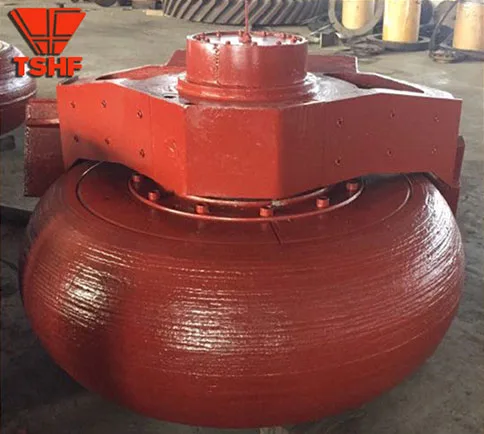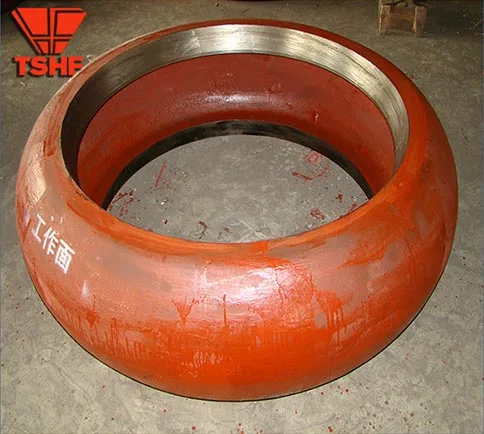Table of Contents
Introduction
When you hear the term coal mill in power plant, you might picture a massive chunk of metal grinding coal. But it’s much more than that—it’s a key component in the energy generation pipeline. A coal mill grinds raw coal power plant feedstock into fine powder, which is then fed into burners to generate steam. This finely milled coal makes the combustion process efficient and the output cleaner.
In this guide, we’ll explore how a coal mill in power plant systems operates, its types, components, benefits, maintenance, and best practices to help you unlock greater performance and sustainability.
How a Coal Mill in Power Plant Works
A coal mill in power plant is technically a type of vertical or horizontal roller mill, sometimes called a pulverizer. Its main function is to grind crushed coal into a very fine powder—typically about 70–80 microns in size.
- Coal Feeding Mechanism: Coal is introduced into the mill through feeders and dropped onto grinding surfaces.
- Grinding Action: Rollers or spinning balls crush and grind the coal as the mill rotates.
- Hot Air Drying: Hot air flows through the mill to remove moisture from the coal powder.
- Separation and Classification: Cyclones or classifiers separate fine coal dust from oversized particles.
- Outlet to Burner: The fine coal is carried, via air stream, to burners in the boiler furnace.
Material preparation, drying, grinding accuracy, and airflow all influence the thermal efficiency and combustion quality in power plants.
Types and Components of Coal Mill in Power Plant
Choosing the right coal mill, along with its components and castings, is key to optimal performance for your plant’s size and fuel type. Common types include:
Vertical Roller Mill
Here grinding rollers roll over a rotating table. These mills have a compact layout and good drying capacity.
Ball or Tube Mill
Consists of a rotating horizontal container filled with steel balls; it uses impact force to pulverize coal.
Attrition Mill
Ideal for very fine grinding, where pulverized coal is lifted and dropped repeatedly.
Each type has unique advantages depending on coal hardness, moisture content, and throughput requirements.
Key Components and Coal Mill Castings
The efficiency and durability of your coal mill in power plant also depend on its parts:
- Grinding rollers and table: Heavy duty castings that crush coal feed. Wear parts like roller castings are replaced frequently.
- Classifier vanes: Adjust passages for powder separation.
- Grinding bowl and lining plates: Protect the mill rotor housing.
- Feeders and air flaps: Regulate coal flow and hot air distribution.
- Hot-air ducting: Provides the air needed for both drying and material transport.
- Bolts, bearings, and seal rings: Ensure reliable mechanical operation.
Newer mills also include sensors in classifier blades to measure airflow and temperature, improving control over fire side conditions.


Benefits of Efficient Coal Mill Operation
A well-managed coal mill in power plant yields many benefits:
| Benefit | Description |
|---|---|
| Higher Thermal Efficiency | Properly ground coal burns more completely — typical heat rate improvements of 1–2%, according to EnergyTech Journal data |
| Lower Emissions | Finer coal particles lead to more complete combustion and reduced unburnt carbon in fly ash |
| Reduced Thermal Stress | Consistent fuel quality reduces combustion instabilities that can stress boiler tubes |
| Less Wear and Maintenance Costs | Proper materials (like quality mill castings) and correct clearances reduce roller and liner wear |
For example, a 2022 case study in Power Systems Review reported that optimizing coal mill clearances improved boiler efficiency by 1.5%, reducing fuel consumption by over 500 tons per year.
How to Choose the Right Coal Mill and Castings
When selecting and specifying a coal mill in power plant applications, consider:
- Coal Characteristics: Moisture, Hardgrove grindability index, ash content, and grindability.
- System Capacity: Throughput matching boiler firing rate; freeboard capacity to manage airflow.
- Durability of Cast Parts: Choose wear-resistant roller castings, liner plates and classification blades.
- Classifier Design: Key to maintaining mill fineness and burner stability.
- Air System and Hot Air Volume: Must dry and transport pulverized coal properly.
- Instrumentation and Control: Sensors, classifier settings, and dynamic monitoring help optimize operation.
- Maintenance Accessibility: Designs that ease removal of rollers or telescoping rotor simplify downtime.
For optimal performance, match mill type and cast parts to your coal fuel properties and boiler output.
Optimizing Coal Mill Operation: Best Practices
To unlock top performance from your coal mill in power plant use, try these practical steps:
- Mill Performance Monitoring: Track metrics like fineness, mill power draw, roll force, airflow, and classifier temperature.
- Predictive Maintenance: Use vibration sensors in bearings and shaft torque instrumentation to predict wear before failures.
- Adjust Classifier and Roll Clearances: Small adjustments can significantly improve fineness and reduce unburned carbon.
- Seasonal Air Adjustment: In cold or humid seasons, you may need extra hot air or higher airflow to maintain consistent drying.
- Use Quality Castings: Investing in alloy lined roller castings and high-alloy mill liner plates reduces wear and extends intervals.
- Upgrade Controls: Digital mill control systems can refine classifier speed, airflow ratio, and grinding roll force automatically.
These improvements are common in power plants lowering coal mill-related inefficiencies and increasing availability by 6–8% annually.
Safety, Emissions, and Environment
Coal mills interact with combustible dust and hot air—so safety systems are essential:
- Explosion Vents/Valves: Prevent pressure build-up in case of coal dust ignition.
- Inerting or Decarbonizing: Systems to inject nitrogen or inert gas to avoid spontaneous combustion during shutdowns.
- Grinding Chamber Monitoring: Systematically track CO, O₂, and temperature inside the mill.
- Emission Abatement: After pulverization, coal dust must be captured via ESP or baghouse filters.
- Coal Mill Castings Maintenance: Frequent inspection of liners and bolts to prevent hot spot exposure or structural failure.
Regulatory compliance and safe design are crucial for coal mill operation in power plants.
Conclusion
A coal mill in power plant footprint may seem dusty, but it’s a powerhouse for efficiency, reliability, and emissions control. Proper selection, paired with quality mill castings—like rollers, liners, and classifier blades—can yield tangible performance gains. When you treat grinding equipment as central to boiler operation, you unlock better heat rates, maintenance predictability, and compliance.
If you’re ready to optimize your coal mill system, upgrade wear parts, or install advanced instrumentation, our engineering and service team is here to advise. Contact us today to schedule a mill audit or learn how we can help fine-tune your coal grinding circuit.
FAQ
What is a coal mill in power plant for?
It grinds lumpified coal into fine powder which improves combustion, heat rate, and emission control.
How often should mill castings be replaced?
Depending on coal abrasiveness, grinding rollers and liners may need replacement every 6–12 months. Case studies show monitoring mill torque can predict replacement timing.
Can older boilers be upgraded with modern coal mill parts?
Yes—modern classifier kits, roller castings, and control systems can be retrofitted to improve performance and extend life of legacy boilers.
How do coal mill inefficiencies affect plant operations?
Faulty or worn mills increase unburned carbon losses, force burners to run hotter, and raise emissions—directly worsening operational costs.
What monitoring tools are used for coal mill performance?
Common tools include torque sensors, vibration monitors, classifier temperature gauges, and particle size analyzers for coal fineness.

